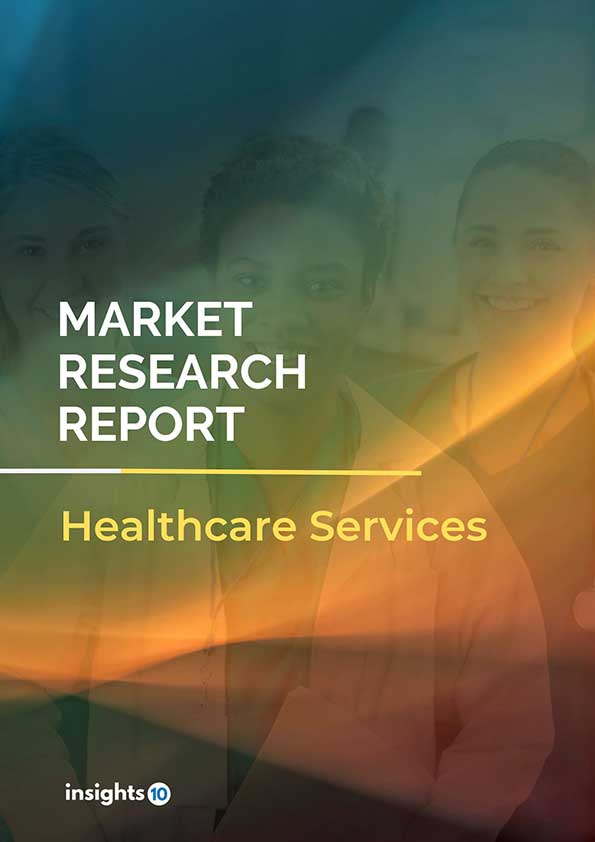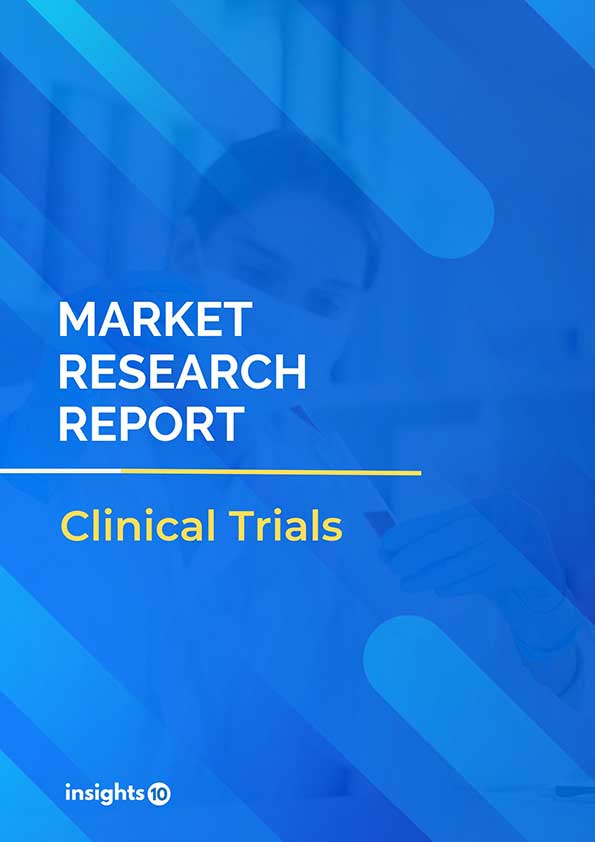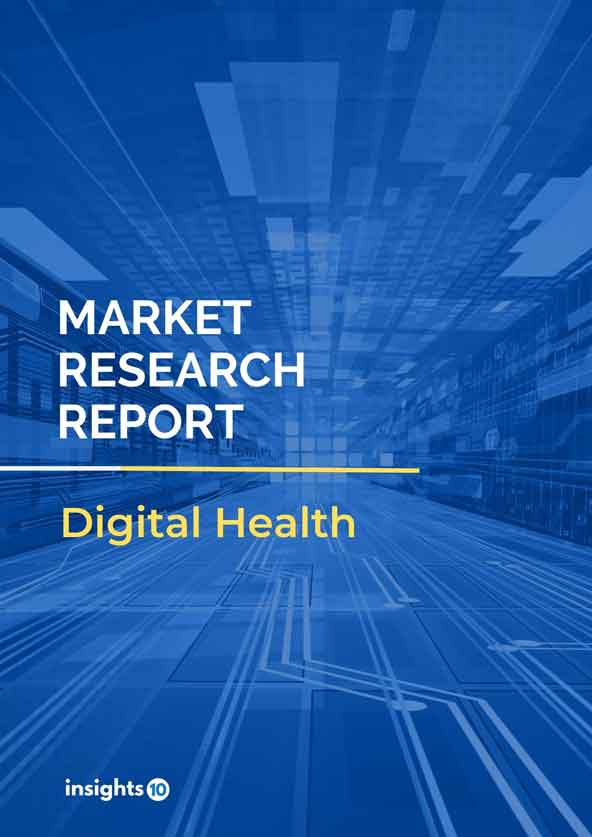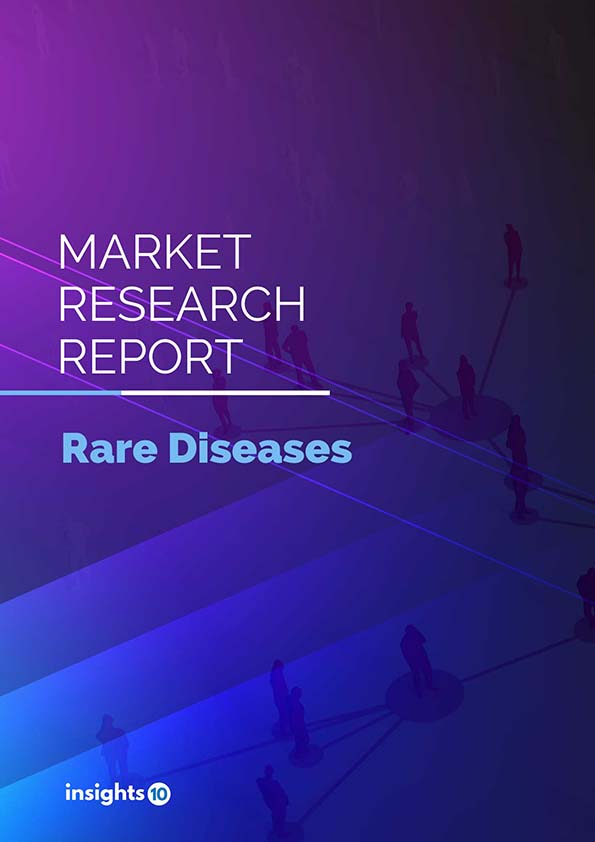Australia Robotic Surgery Services Market Analysis
The Australia Robotic Surgery Service market size was valued at $51 Mn in 2022 and is estimated to expand at a compound annual growth rate (CAGR) of 20.8% % from 2022 to 2030 and will reach $233 Mn in 2030. The robotic surgery service market will grow due to the rising patient population and increased use of sophisticated automated surgical tools. The market is segmented by product and service type, application type, and end user. Some of the major players are Sirtex Medical, Medical Robotics Technologies, Flinders Medical Centre, St Vincent's Hospital and others
Buy Now

Australia Robotic Surgery Service Market Executive Summary
The Australia Robotic Surgery Service market size was valued at $51 Mn in 2022 and is estimated to expand at a compound annual growth rate (CAGR) of 20.8% % from 2022 to 2030 and will reach $233 Mn in 2030. Australia's health spending has been increasing over the years, driven by factors such as an ageing population and advancements in medical technology. In 2020, the country's total health expenditure was estimated to be AUD 183.7 billion, which was equivalent to 9.5% of its Gross Domestic Product (GDP).
Robot-assisted surgery refers to the use of computer-controlled robotic “arms” to guide cameras, imaging tools and miniaturised surgical instruments. They may be used for pre-operative planning and/or the actual surgery. During procedures, a surgeon views and directs the robot from a console in the operating theatre, like a video game. The master-slave robotic system means the robot is exclusively controlled by the surgeon and makes no autonomous movements. 5G internet connection makes remote surgery a realistic possibility. This could be a surgeon operating the robot from a separate ‘clean’ room, or even from a different hospital. Having highly-skilled surgeons operate remotely could afford all geographies enhanced standard of care.
The number of robotic surgeries performed in Australia has been increasing steadily, with the country now having one of the highest adoption rates of this technology globally. The Australian government has been working to address these concerns and has taken several measures to support the growth of robotic surgery in the country, such as investing in the development of new technologies and training programs for healthcare professionals, which will boost the robotic surgery service market across the nation.

Market Dynamics
Market Growth Drivers
Over the course of the projection period, it is anticipated that the Australia robotic surgery service market would expand at a lucrative pace due to the rising patient population and increased use of sophisticated automated surgical tools.
Additionally, it is anticipated that a rise in the number of contemporary healthcare facilities and a growing understanding of the advantages of utilising new medical technology would encourage market expansion in the region. International investors are drawn to engage in the creation of automated instruments as a result of expanding government efforts to build state-of-the-art healthcare infrastructure, which is anticipated to fuel market expansion in this field over the coming years.
Market Restraints
The high price of robotic surgical equipment in Australia is a major deterrent to the use of these services. This is because setting up a robotic surgery programme is expensive and requires specialised knowledge and training in addition to the high cost of the equipment itself.
Furthermore, there is currently a lack of knowledge in Australia regarding the advantages of robotic surgery, particularly among medical professionals and patients in remote and disadvantaged areas. To improve the uptake of these services in Australia, this fundamental obstacle must be overcome.
The high price of robotic surgical equipment in Australia is a major deterrent to the use of these services. This is because setting up a robotic surgery programme is expensive and requires specialised knowledge and training in addition to the high cost of the equipment itself.
Additionally, there is still a dearth of awareness of the benefits of robotic surgery in Australia, particularly among medical professionals and patients in isolated and underserved locations. This crucial barrier needs to be removed in order to increase the use of these services in Australia.
Competitive Landscape
Key Players
- Sirtex Medical (AUS)
- Medical Robotics Technologies (AUS)
- Flinders Medical Centre (AUS)
- St Vincent's Hospital (AUS)
- Stryker Corporation
- Smith & Nephew
- TransEnterix Surgical, Inc.
- Renishaw plc.
- Intuitive Surgical
- THINK Surgical, Inc.
- Zimmer Biomet
Notable Deals
Intuitive Surgical acquired Medical Robotics Technologies - In 2019, Intuitive Surgical, a multinational company that provides robotic surgical systems, acquired Medical Robotics Technologies, an Australian company that develops and supplies robotic solutions for various medical specialities. This acquisition was aimed at expanding Intuitive Surgical's presence in the Asia-Pacific region and strengthening its portfolio of products and services.
In 2020, Flinders Medical Centre, a leading Australian healthcare provider, merged with Calvary Health Care, a Catholic healthcare provider, to form a new entity called Calvary Flinders Private Hospital. The merger aimed to provide enhanced access to high-quality care and services for patients in South Australia.
Healthcare Policies and Regulatory Landscape
Policy changes and Reimbursement scenario
The regulation of robotic surgeries in Australia is governed by the Therapeutic Goods Administration (TGA), which is the country's regulatory authority for medical devices. The TGA is responsible for the evaluation and approval of medical devices, including robotic surgical systems, for use in the Australian market.
To be approved for use in Australia, a robotic surgical system must meet certain safety and performance requirements, such as demonstrating an acceptable level of accuracy and reliability. The TGA also ensures that the information provided to patients about the benefits and risks of using a robotic surgical system is accurate and up-to-date.
In addition to TGA regulation, the use of robotic surgical systems in Australia is also governed by the professional standards and guidelines set by the relevant medical speciality organizations, such as the Royal Australian and New Zealand College of Obstetricians and Gynaecologists and the Urological Society of Australia and New Zealand.
Healthcare facilities that use robotic surgical systems are also subject to regular inspections and audits to ensure that they are meeting the standards set by the TGA and the relevant medical organizations. The reimbursement of robotic surgeries in Australia is governed by the country's public health insurance program, known as Medicare, and private health insurance companies.
Under Medicare, patients are eligible for reimbursement for a range of surgical procedures, including those performed using robotic technology. The exact level of reimbursement for a given procedure will depend on several factors, such as the patient's diagnosis, the type of procedure performed, and the location of the healthcare facility.
Private health insurance companies also offer coverage for a range of surgical procedures, including those performed using robotic technology. The level of coverage and reimbursement provided by private health insurance companies can vary, depending on the patient's insurance policy and the type of procedure performed.
1. Executive Summary
1.1 Service Overview
1.2 Global Scenario
1.3 Country Overview
1.4 Healthcare Scenario in Country
1.5 Healthcare Services Market in Country
1.6 Recent Developments in the Country
2. Market Size and Forecasting
2.1 Market Size (With Excel and Methodology)
2.2 Market Segmentation (Check all Segments in Segmentation Section)
3. Market Dynamics
3.1 Market Drivers
3.2 Market Restraints
4. Competitive Landscape
4.1 Major Market Share
4.2 Key Company Profile (Check all Companies in the Summary Section)
4.2.1 Company
4.2.1.1 Overview
4.2.1.2 Product Applications and Services
4.2.1.3 Recent Developments
4.2.1.4 Partnerships Ecosystem
4.2.1.5 Financials (Based on Availability)
5. Reimbursement Scenario
5.1 Reimbursement Regulation
5.2 Reimbursement Process for Services
5.3 Reimbursement Process for Treatment
6. Methodology and Scope
Robotic Surgery Services Market Segmentation
By Product and Services (Revenue, USD Billion):
The surgical robotics market volume data has been covered for all the major surgical robotics systems. In terms of value, the surgical systems market is anticipated to expand at a CAGR of 11.22% from 2018 to 2025.
- Instruments and Accessories
- Robotic Systems
- Services
By Application (Revenue, USD Billion):
Gynecology accounted for the largest market share in 2017 and is anticipated to expand at a CAGR of 7.0% from 2018 to 2025. This is explained by the rising prevalence of gynecological complications in women worldwide and the ongoing development of robotic technologies.
- General Surgery
- Gynecological Surgery
- Urological Surgery
- Neurosurgery
- Orthopedic Surgery
- Other Applications
By End User (Revenue, USD Billion):
The hospitals' segment had the largest market value in 2017 and experienced a CAGR of 13.20% from 2018 to 2025. However, during the projected period of 2018–2025, the ambulatory surgical center's income is predicted to rise at the highest CAGR of 18.20%.
- Hospitals
- Ambulatory Surgery Centers
Insights10 will provide you with the reports within 10 key parameters which are:
- Market Overview
- Market Growth Drivers & Restraints
- Epidemiology of Disease Type
- Market Segmentation
- Market Share
- Competitive Landscape
- Key Company Profiles
- Healthcare Policies & Regulatory Framework
- Reimbursement Scenario
- Factors Driving Future Growth
Based on our many years of experience, we believe that these are the parameters that are critical to decision-making for business stakeholders. Our focused approach to developing reports focused on 10 key parameters, enabled us to arrive at the name “Insights10”.

Stage I: Market Data Collection
Primary Interviews: We have developed a network of experts, freelancers, and researchers across countries through which we engage with local experts to gather key data points and assumptions about each market. We also engage regularly with some of the best market research agencies such as Atheneum, GuidePoint, GLG, etc. to conduct surveys and interviews, and build intelligence. We have language translators as a part of our team, who between them can cover 30+ languages allowing us to extract better local insights.
Secondary Data Collection: We have developed strong expertise and experience in secondary data collection methods for developing unique data sets and research material. We gather data from multiple reliable sources to maintain a high level of accuracy and consistency. The market data is analyzed and forecasted using appropriate statistical and coherent models. The report offers an overall analysis of the market size, growth, and market share as well as a segment-level analysis of the specific market. Our report includes precise, to-the-point information related to the overall market, competition, growth drivers, challenges, regulatory updates, and competition.
Data Sources: We have access to multiple highly reliable free and subscription data sources. We have many years of experience to understand which sources are more dependable for what and which to prefer for the reliable and latest information. The key sources of information include the following, but are not limited to:

Stage II: Market Data Analysis and Statistical Model
Market Trends: We generally look at macro parameters and micro indicators. The macro parameters include changes in government policies, demand and supply of the market, government intervention programs, and major market share. The micro indicators are GDP growth, market size, market volume, etc. We also understand nuances specific to each country like the US, Canada, India, Germany, etc., and have worked across 60+ countries and hence not only understand global trends but how these differ by country, how payment models, market structure, cultural parameters, etc. differ in each country.
Market Sizing and Analysis: Our expert data analytics team has created various market forecast models by employing the top-down approach i.e. starting with the large overall market and segmenting different areas and the bottom-up approach i.e. starting with population and epidemiology and rolling up based on spend, etc., estimating the size of the market, and distributing among the geographic and/or product segments.
The top-down approach is mainly used for new product forecasting and the bottom-up approach is used for demand estimation of any product for different countries summed up to form the total market. We are able to round off insights and build stronger forecasts because we always do both these methods and triangulate the final numbers.
The study on the market covers the analysis of the leading geographies such as Asia-Pacific, Africa, Europe, Middle East, North America, and Latin America for the period of 2022 to 2030. The qualitative analysis covers the industry landscape and trends, market opportunities, competitive landscape, and policy and regulatory scenario, and the quantitative analysis covers different market estimates and forecasts.
Data Triangulation & Validation:
Data triangulation of various sources and results of the research are carried out by benchmarking with reliable sources such as industry statistics, statistical databases, and company-level averages, etc.
We make sure to finalize the numbers in alignment with the market research. Firstly, our internal experts ensure thorough validation and checking to ensure accurate and precise analysis and then validation is also done using a multiple-data analysis model. Two-level validation is done and entails the finalization of the report scope and the way of representation pattern.
(1).png)
Stage III: Interpretation and Presentation
Analysis & Interpretation: The information gathered is then analyzed and synthesized. The second series of interviews are done if necessary to check and validate. The future opportunities are analyzed by understanding product commercialization and many other factors. It also comprises the analysis of data discrepancies observed across various data sources. Information procured from secondary and primary results is then, interpreted by considering the following parameters: (a partial list)
- Establishing market drivers and trends
- Analyzing the regulatory landscape to understand future growth
- Market Segment based analysis to obtain revenue/volume
- Analyzing current needs and determining penetration to estimate the market
Insights: Our reports deliver actionable insights backed with supporting facts and figures to assist you in achieving exemplary growth. Our in-depth analyses are interspersed with relevant insights and statistics to offer an executive-level view of a given market. The description helps in correlating many minor factors affecting the market and their impact on the different segments within the market.
Data curated from the analysis and interpretation are drawn to portray all in one consolidated report.
Presentation & Reporting: The market research report is presented in different forms such as charts by using a scientific approach for easy understanding. Historic, current, and future analysis is provided for each market in terms of both value and volume. The size of the market is interpreted in the US Dollar value and the respective unit, based on the product, for volume consumption.
The foreign exchange rates are calculated on the respective dates and for the respective regions covered in the study.
To request a free sample copy of this report, please complete the form below.
We value your inquiry and offer free customization with every report to fulfil your exact research needs.
This report addresses
- Intelligent insights to take informed business decisions
- Qualitative, acute and result oriented market analysis
- Market size and forecasts from 2022 to 2030
- Opportunities for expansion and in-depth market analysis
- Segmentation and regional revenue forecasts
- Analysis of the market share and competitive landscape
- Strategic Recommendations to chart future course of action
- Comprehensive Market Research Report in PDF and PPT formats
Need more?
- Ask our analyst how this study was put together to learn more
- Discuss additional requirements as part of the free customisation
- Add more countries or regions to the scope
- Get answers to specific business questions
- Develop the business case to launch the product
- Find out how this report may influence your business revenue





